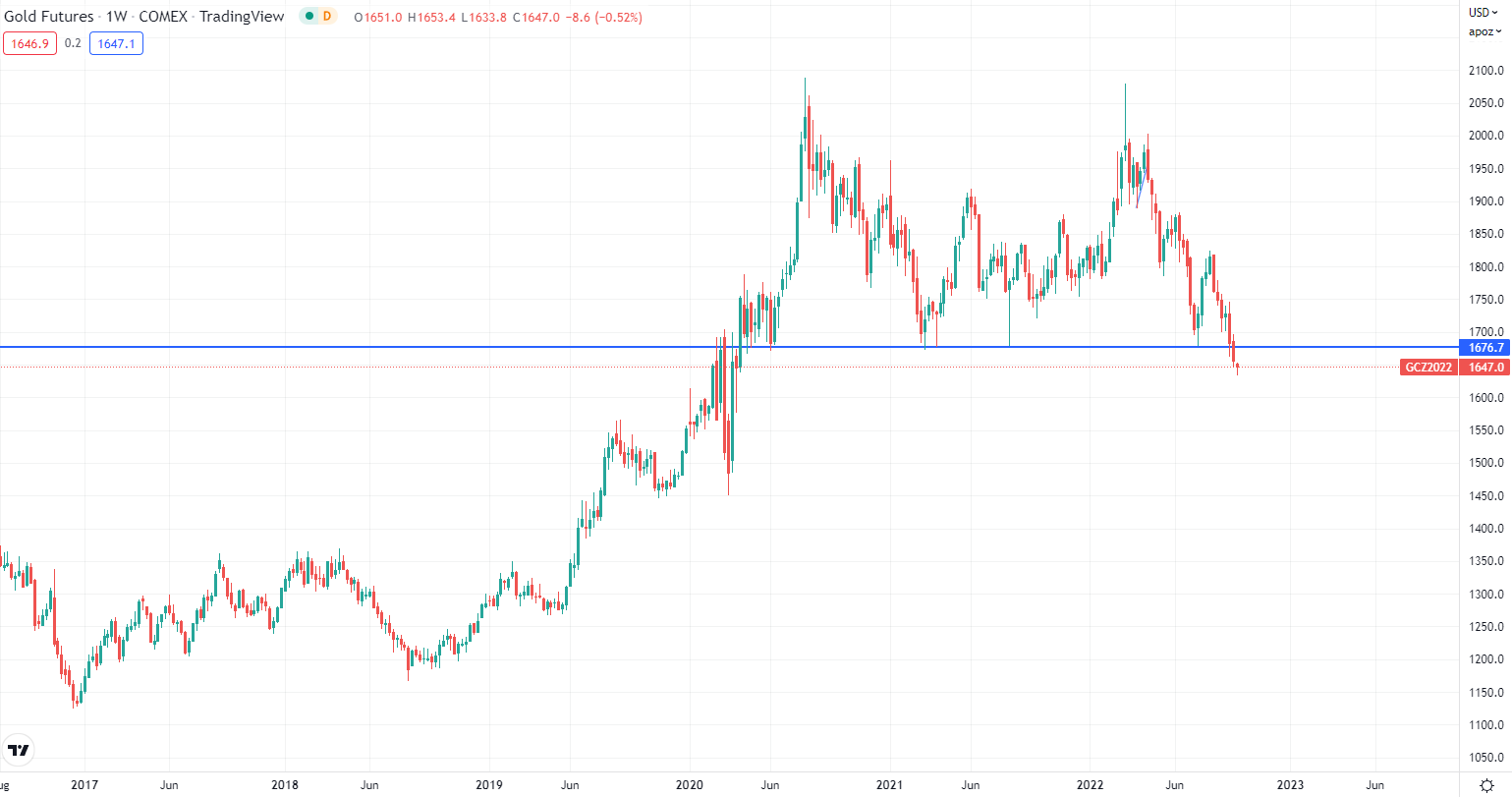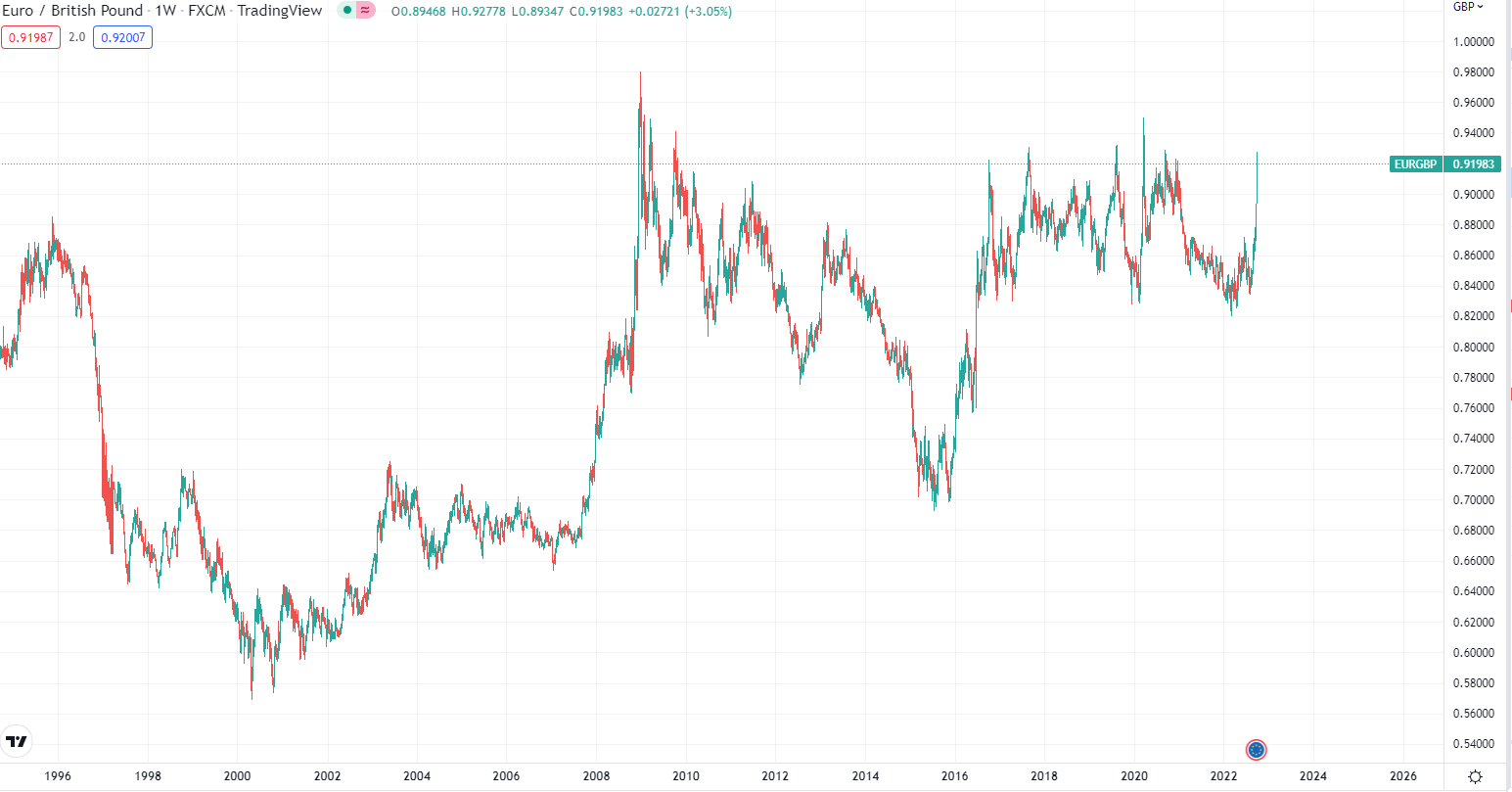After the Federal Reserve announced a 75 basis point interest rate hike as scheduled, the main trend of the market did not show the previous brief corrections, and risky assets continued to maintain a downward trend last week.
Whether it is stock indexes, commodities or foreign exchange (except the US dollar), the market's choice is to sell and stay away. What should retail trader do at this time?
In fact, at the beginning of this year, we told you that this year is not an easy year to make money. Holding cash may outperform most active traders. The fact is the same, except for players with good rhythm and risk control, otherwise it is difficult to achieve high throwing and low sucking in theory. Therefore, if you are not a confident investor, the best advice is to hold the currency and wait.
If the market does turn around at some point,There is no problem in re-entering the market on the right side. In anticipation of unpredictable potential losses, it is an appropriate option to give up some small profits.
Of course, many investors are still unwilling to be lonely and like to "operate". Under such circumstances, is there a suitable opportunity? The first answer is the volatility trading of gold/silver that we recommended before. Judging from the situation in the past four weeks,Gold has basically been declared to have effectively fallen below the low levels of last year and this year, opening up more downside space.
Although call options have been scrapped, put options are profitable. In the future, if silver hits a new low again, gold will break through 1600 with a high probability, and even the risk of falling to 1450 in the medium and long term cannot be ruled out.
For the second answer, we suggest that investors turn their attention to the cross-market opportunities in the foreign exchange market.
The US dollar has been outstanding for a long time. If you didn't enter the market at a relatively early time to make more US dollars, what you can do now is to look for relatively soft persimmons and horizontally miscalculated varieties. Euro/pound is one of the options. The relative exchange rate between the two has returned to above 0.90, which is not far from the historical high.
Considering that Brexit has failed to bring the exchange rate to a new high, at the current level, the combination of long sterling and short euro can be considered. If it is a new high, you can leave decisively. Otherwise, according to the logic of median regression, the euro/pound will fall back to around 0.8. On the other hand, with the arrival of winter, the situation in Ukraine and Russia is expected to further ferment. In this case, the pressure on EU/NATO/Euro may be more obvious than that on sterling.
At present, the third answer is aimed at investors who want to bargain-hunting. First of all, on the US stock index, it is crucial to maintain the previous low point in the short term.
If there is a new low, it is definitely impossible to consider any bargain-hunting. Secondly, it is still the old idea that the performance of oil prices will give guidance to risky assets. At present, the oil price is still in a downward rhythm, so it is not recommended to enter the market on the left side to do more. At least we need to see the upward break of the downward trend line before we can consider the need of trend changes. In addition, the next key medium and long-term support for oil prices will appear around 62, and the chance of rebound in this position/region is still very high.
To sum up, for most traders, holding cash and waiting for a lower price may be the best option at present. Traders who want to enter the market to fight can choose relatively high certainty, such as volatility, or choose high risk-return ratio, such as euro VS pound.
$Micro E-Mini Nasdaq 100 - main 2212(MNQmain)$ $E-mini S&P 500 - main 2212(ESmain)$ $E-mini Dow Jones - main 2212(YMmain)$ $Gold - main 2212(GCmain)$ $Light Crude Oil - main 2211(CLmain)$


Comments